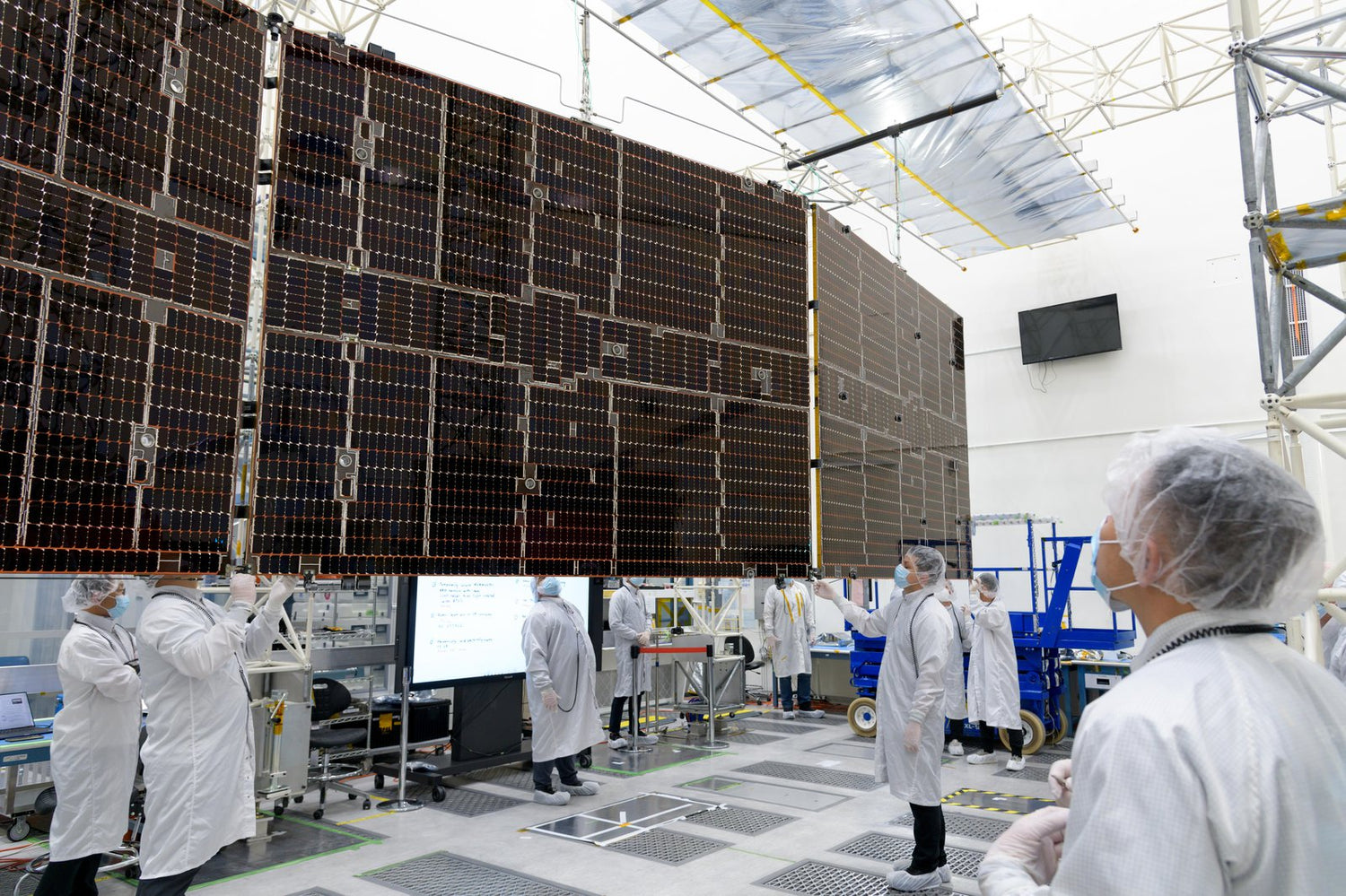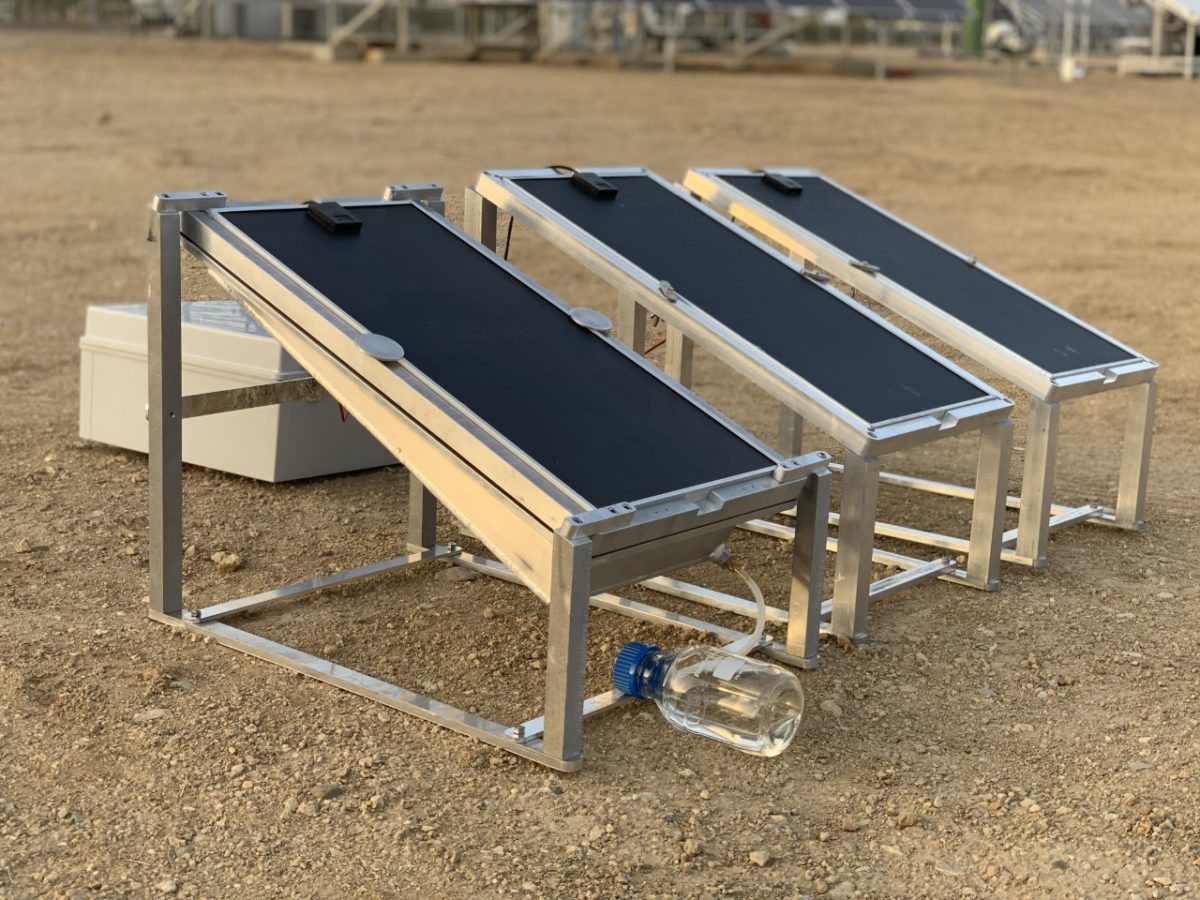https://pv-magazine-usa.com/2022/03/07/nasas-1-5-billion-mile-psyche-asteroid-mission-will-be-solar-propelled/
NASA’s 1.5 billion-mile Psyche asteroid mission will be solar-powered

Image: NASA
This August, NASA plans to launch a tennis-court sized craft, sending it on a 1.5-billion-mile journey to the asteroid Psyche, which the craft shares its name with. The Psyche craft will be winged with two large cross-shaped solar arrays, which will power the craft’s measurement devices as well as its propulsion system.
The solar propulsion craft, developed by Maxar Technologies, is currently undergoing testing. Engineers from NASA’s Jet Propulsion Laboratory recently demonstrated the solar array’s fold-out capability.

Image: NASA
Each array is 37.1 feet long and 24 feet wide when fully deployed. About an hour after launch, the arrays will deploy sequentially, first with the center column unfolding, and then the two cross-panels unfurling and latching into place. One wing at a time, the total deployment takes about seven and a half minutes.
This is the largest solar array deployed by the Jet Propulsion Laboratory, said NASA. So large, in fact, that the entire craft could not be unfolded during the test at Arizona State University’s lab in Tempe. ASU has partnered with NASA on this mission, which will observe the suspected unusually high amount of metals in the thickest band of the asteroid.
Psyche will use a Falcon heavy rocket to escape Earth’s gravity, but after that it will rely on the solar array and Hall thrusters to travel. Hall thrusters are propelled by xenon gas and require a small amount of electricity to run.

Image: NASA
On Earth, the solar array can generate about 21kW of electricity, but far away from the sun alongside Psyche, they will only produce 2kW, about the same energy demand as a hair dryer. Despite this low amount of energy, it will be sufficient to power the planned three-and-a-half-year journey to the asteroid, and the two years of orbiting and observation of the body. Maxar’s cell technology is not fundamentally different from panels used on Earth, but design considerations were made to keep weight minimal, and resistance to radiation at a maximum.
“Even in the beginning, when we were first designing the mission in 2012, we were talking about solar electric propulsion as part of the plan. Without it, we wouldn’t have the Psyche mission,” said Arizona State University’s Lindy Elkins-Tanton, who as principal investigator leads the mission. “And it’s become part of the character of the mission. It takes a specialized team to calculate trajectories and orbits using solar electric propulsion.”
The launch is planned for this August, and the Psyche spacecraft may make first contact with the Psyche asteroid in 2026.
This content is protected by copyright and may not be reused. If you want to cooperate with us and would like to reuse some of our content, please contact: editors@pv-magazine.com.




